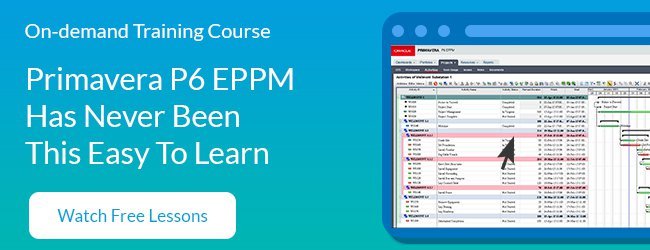This week we’re starting a new Discussion feature on PlannerTuts. Each week we’ll be kicking off a discussion that is insightful or particularly helpful in the day-to-day world of project controls. Share your opinion, add your thoughts to these debates.
We all have smartphones and there are hundreds of thousands of apps out there. But are we ready to update our project schedules through an app or not?
Primavera released an iPhone app about a year ago with little or no fanfare. P6 TeamMember (iOS only) is freely available in iTunes. But it’s not exactly plug-and-play as there’s a lot of background infrastructure that needs to be in place at your company before you can use it – including an install of Primavera P6 EPPM (yes, the web-version of Primavera). We don’t have a sense for how many folks are using it.
We all probably dream of being able to whip out our phones in a meeting, and update our project schedules on the fly with progress. How about doing the same thing while walking a site in the field? The convenience factor is high.
But would a Primavera mobile app help or hinder the project update process? Any mobile app developed will not deliver the full functionality of P6 – Gantt Chart, Resource Usage charts, access to all project activity information and features like scheduling will likely not be available in a smartphone app. So does an App with limited functionality buy you any time-savings at all? Or are you better off in front of P6 to do your updates?
Let’s hear your thoughts in the comments.
—


